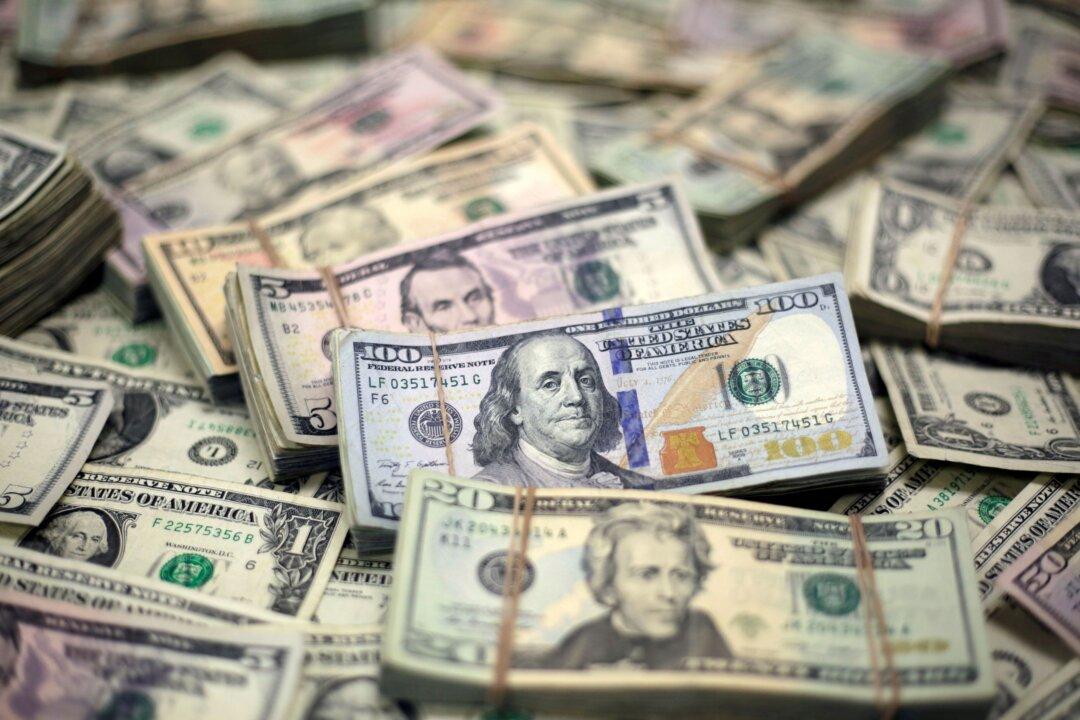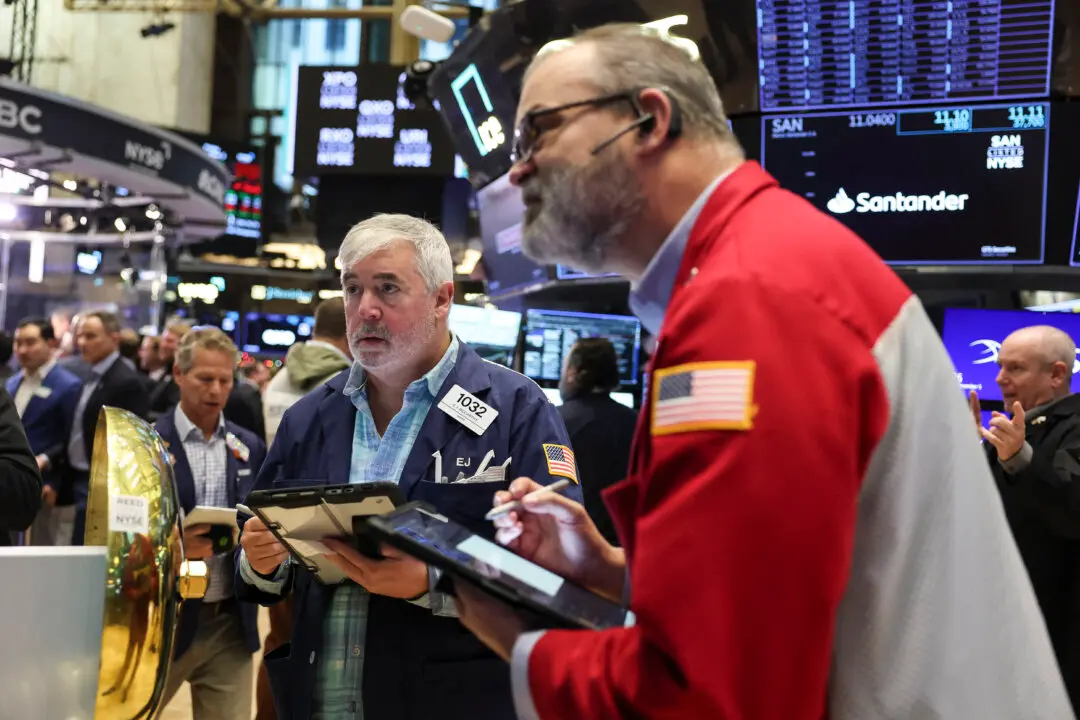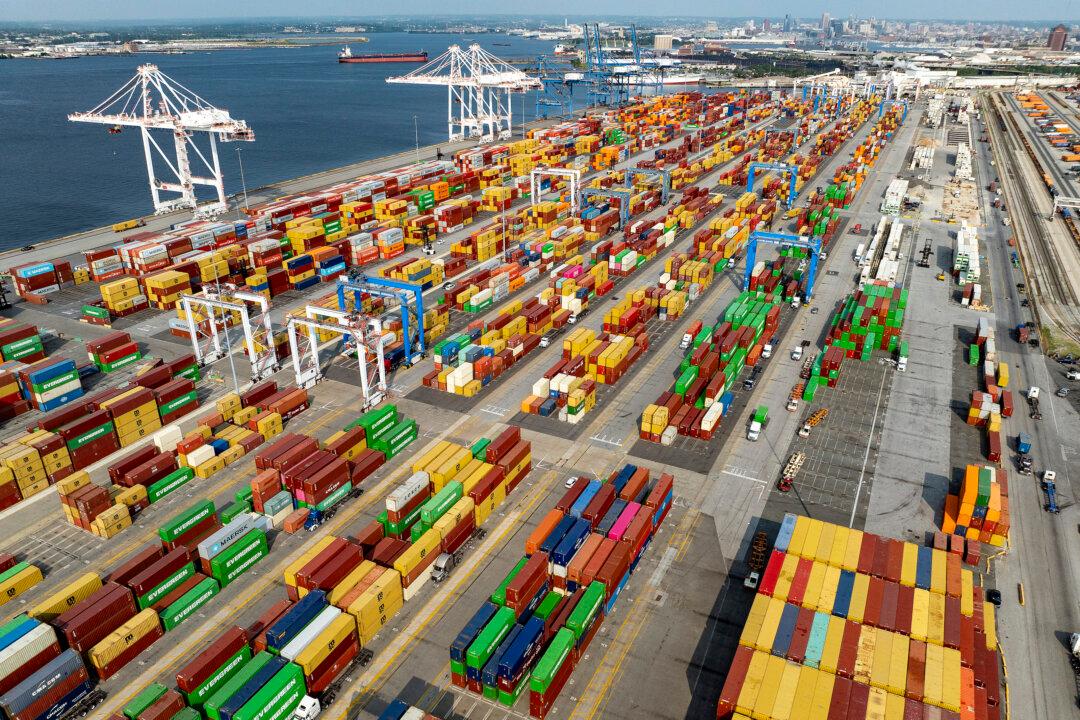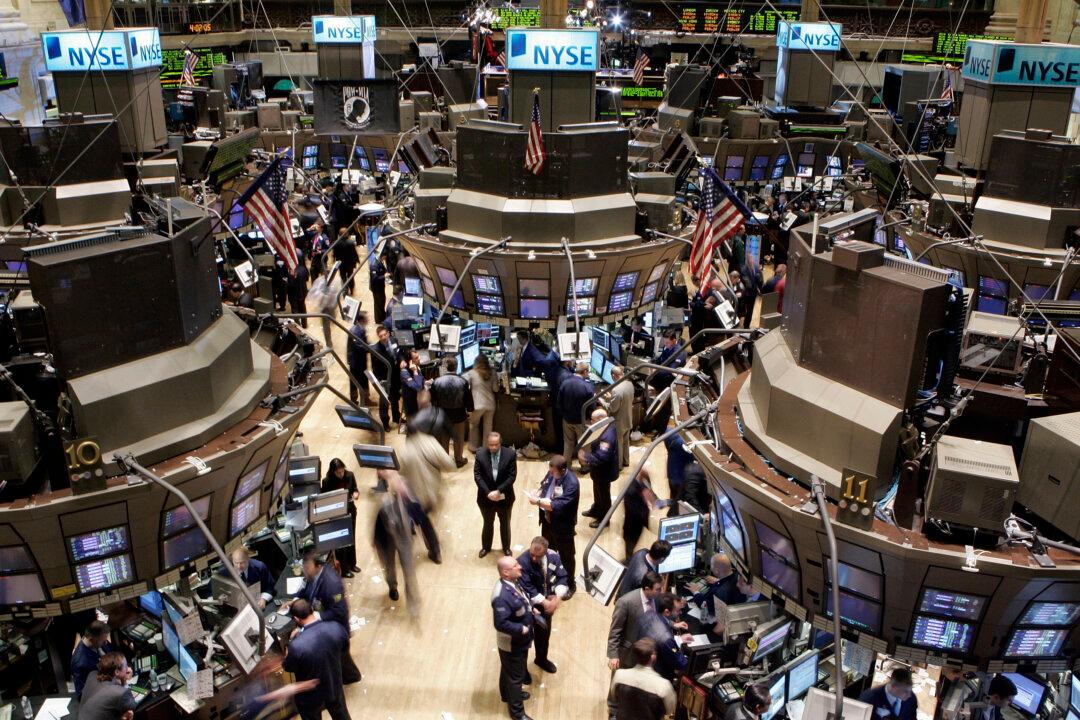Commentary
April 2022 will go down in history as a milestone that has only been seen on three previous occasions since 1973; it’s a month in which the S&P500 Index and U.S. Treasuries have fallen at the same time, 5 percent and 2 percent, respectively. Additionally, the U.S. dollar has appreciated against the main currencies with which it trades and reached a new yearly high.





